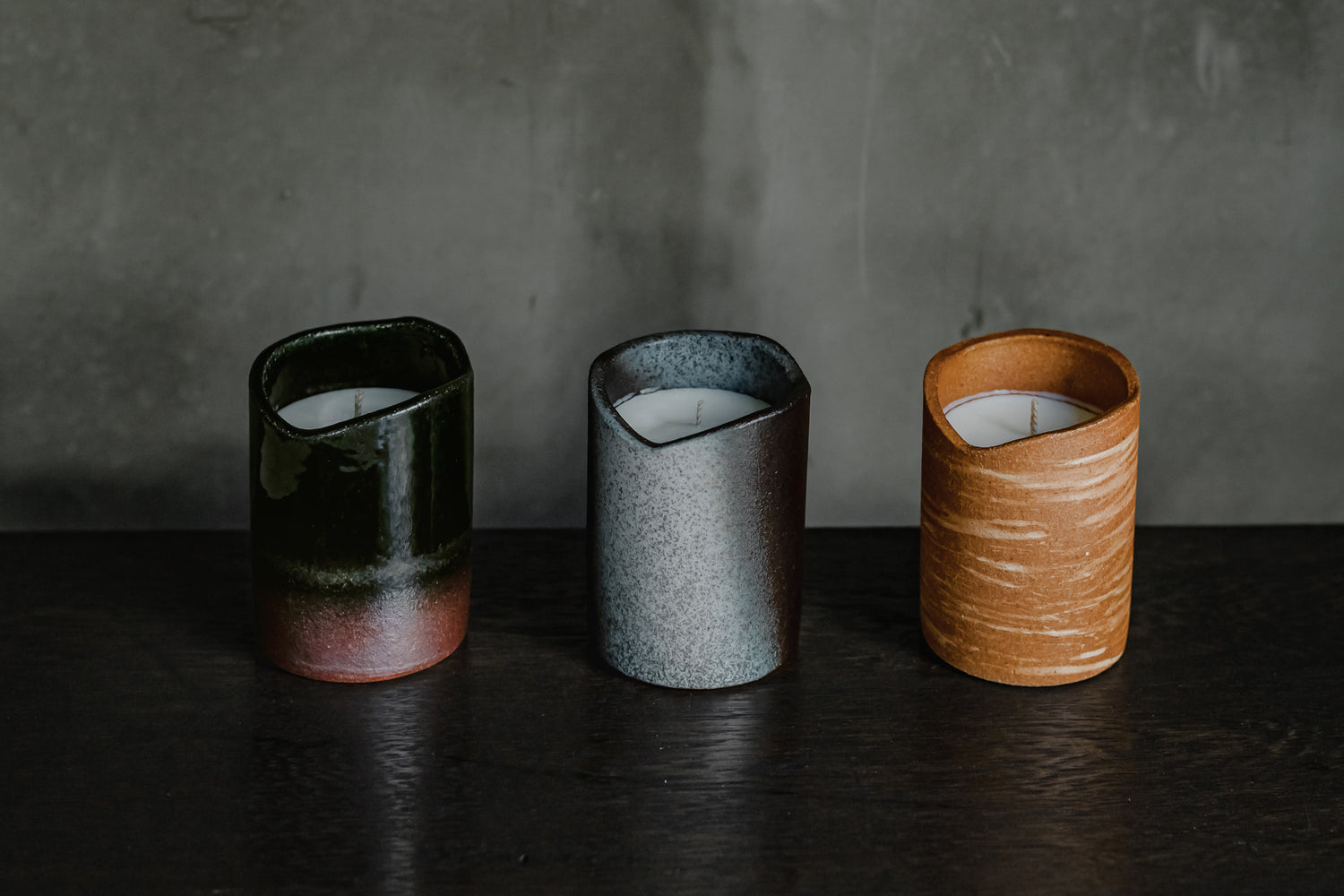Do you know the term SBNR?
It has become a hot topic in the United States in recent years, and some people may have heard of it in Japan as well. The official name is Spiritual But Not Religious. Simply put, it refers to people who do not believe in a particular religion but seek spiritual richness that cannot be seen with the eye.
Many Japanese people, who have long been known as non-religious, seem to have an affinity for SBNR.
There are many possible reasons for this, but here we will focus on the aspects of Shinto and animism, which have been believed in since ancient times in Japan, and consider why SBNR has been gaining value in recent years.
There are many possible reasons for this, but here we will focus on the aspects of Shinto and animism, which have been believed in since ancient times in Japan, and consider why SBNR has been gaining value in recent years.

Some Japanese may not be familiar with Shinto, but there are approximately 80,000 shrines in Japan, so it can be said to be a religion unique to Japan.
However, although it is called a religion, unlike many other religions, Shinto does not have doctrines or scriptures, giving it the impression of being more flexible and peaceful. This can be said because many gods coexist in Japan, so called 8 million gods.
In Shintoism, gods reside in all natural objects such as mountains, rocks, and trees, and these are objects of worship. This is the concept of animism.
Now, let's consider what SBNR and Shinto have in common.
In Japan, when you hear the word spiritual, you get a somewhat suspicious impression. Some people may refuse it because it is invisible.
However, I personally feel that this is what SBNR and Shinto have in common.
For example, no matter what country you are in, people sometimes put their hands together. The reasons and methods for doing this vary depending on the country, but common Japanese examples include the New Year's visit to the shrine, in front of a Jizo statue near one's home, and before and after meals.
I think there are many people who do this somehow, but they naturally put their hands together, pray, and give thanks for things that cannot be seen with the naked eye.
For example, no matter what country you are in, people sometimes put their hands together. The reasons and methods for doing this vary depending on the country, but common Japanese examples include the New Year's visit to the shrine, in front of a Jizo statue near one's home, and before and after meals.
I think there are many people who do this somehow, but they naturally put their hands together, pray, and give thanks for things that cannot be seen with the naked eye.

What is the meaning of these spiritual things such as SBNR and animism in modern times?
Ancient people believed that gods resided in natural things, and when receiving food, which was a blessing from nature, they clasped their hands together in gratitude. On the other hand, when a natural disaster occurred, they feared that they had angered nature, where gods reside, and prayed. We have joined hands for this.
Currently, various ideas such as sustainability and eco-○○ are being born to protect the global environment, but it may be interesting to return to the ancient idea that God resides in the natural world.

